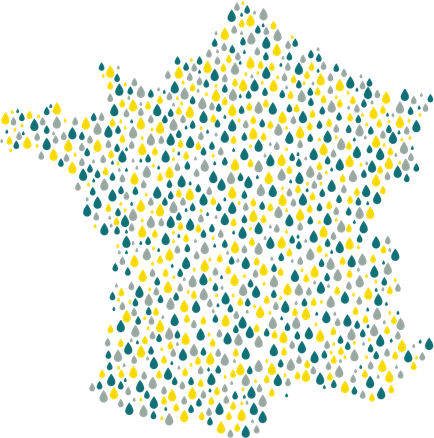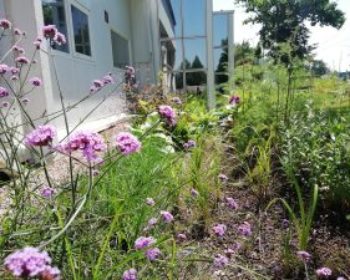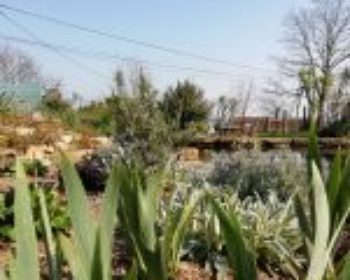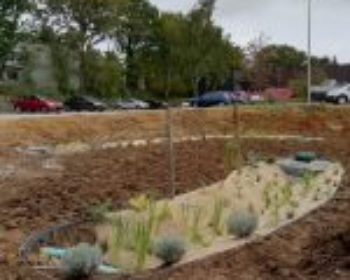Rain gardens
A simple, green and high-performance solution for rainwater retention and recovery. The Rain Gardens respond to the environmental challenges of water recycling linked to climate change and the preservation of water resources.
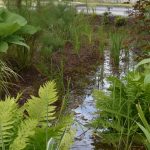
In order to protect water resources, preserve the environment, ensure the safety of goods and people and limit the effects of climate change, rainwater management on the plot is a major issue.
From 1 January 2020, local authorities, which are responsible for rainwater management, require that all new construction projects and building permit applications take rainwater infiltration into account.
We participate in rainwater management with our solution: the Rain Garden.
Adjustable according to your needs
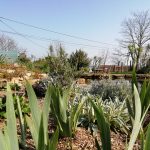
For plots
The device installed at the outlet of a gutter or water collection system makes it possible to constitute a buffer reserve and slow infiltration into the ground (instead of discharging everything into the ditch and contributing to the flooding of low points). Furthermore, the plants in the system also make it possible to purify the water before it infiltrates on site.
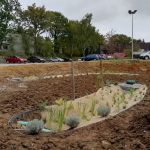
For business areas
In business or industrial areas, rainwater runs off the ground and becomes loaded with pollutants, such as hydrocarbons and waste.
As a result, in addition to flow regulation, the Rain Garden allows for rainwater purification before returning it to the natural environment.
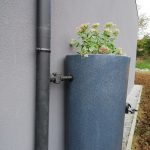
Rainwater recovery option.
Water collection and storage system for reuse and/or retention. The reservoir can be above ground or underground to allow for more or less storage depending on the desired use, such as a garden or accommodation.
Principle
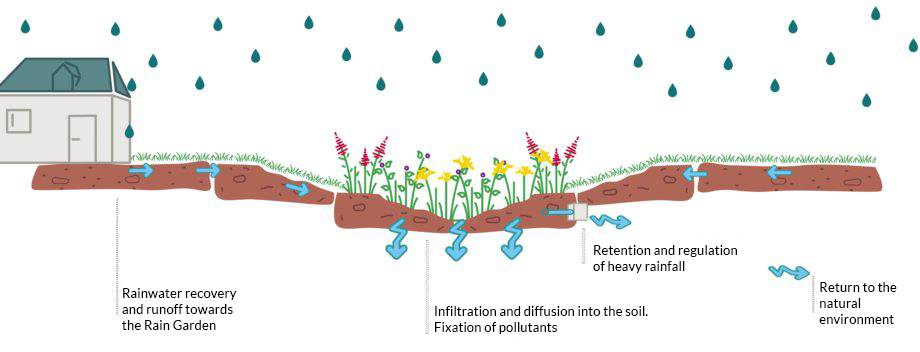
Benefits
- Useful: integrated water management at the plot
- Performance: regulation and quality of the environment; groundwater recharge
- Biodiversity: water recycling; fauna and flora on site
- Simple: inspired by nature
- Economical: reduced construction and maintenance costs
- Beautiful: a decorative bed integrated into the landscape
